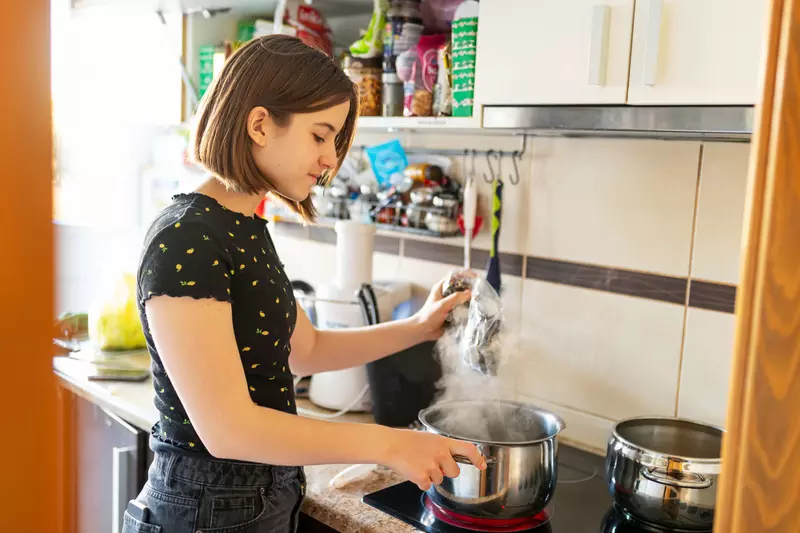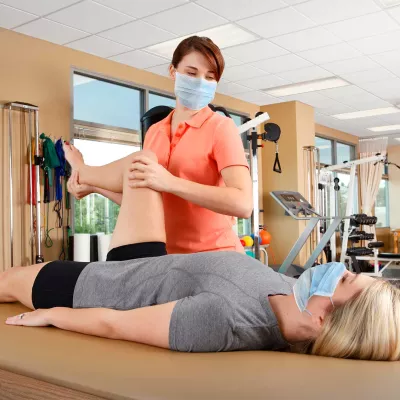- AdventHealth

Water is essential for so many daily activities, from hand-washing to meal prepping. But when storms or emergencies happen, local officials may order your community to boil water before using it. If you’re under a boil water advisory, here’s what to know and what to do. If you’re left with limited water access, we also have some tips to preserve what you have and find more, if needed.
What to Do in a Boil-Water Advisory
If your community is under a boil-water advisory, the Centers for Disease Control and Prevention (CDC) say it’s safe to use two types of water for daily activities: bottled and boiled.
Bottled water is the fastest and safest, and can be used for drinking, cooking, brushing teeth, caring for pets and cleaning. If you don’t have bottled water for these activities, you’ll need to boil your tap water. With tap water — even filtered tap water, such as from a Brita or ice cubes — you’ll need to bring it to a full, rolling boil for at least one minute and let it cool before use.
For activities like hand-washing, showering, laundry and watering houseplants, you do not need to use boiled water. Just take care to not ingest any tap water.
In times when your community has a do not drink water advisory or a do not use water advisory, the CDC offers additional guidance.
How to Treat Water in an Emergency
If you’ve exhausted your water sources in your house and have to find water elsewhere, there are ways to treat natural water, such as rainwater, or water from streams, ponds and lakes. However, stay away from floodwater and water with floating material, an odor or a dark color.
If you need to access water from outside your home because no other reliable, clean water source is available, FEMA says that there is no perfect way to treat water. However, the below options can help kill microorganisms:
Boiling
In a large pot or kettle, bring water to a rolling boil for one full minute. Let the water cool before drinking. The boiled water will taste better if you pour it back and forth between two clean containers, adding oxygen back into it.
Chlorination
Household liquid bleach can kill microorganisms, but regular, unscented household bleach that contains 5.25 to 6% sodium hypochlorite is the only product FEMA recommends using. Add 1/8 teaspoon of bleach per gallon of water, stir and let stand for 30 minutes. The water should have a slight bleach odor.
Distillation
Boiling and chlorination are the best options to kill most microorganisms in water, but if you have a water source that resists those methods, distillation can do the trick.
Here’s how to distill water:
- Fill a pot up halfway
- Tie a cup to the handle on the pot’s lid so the cup will hang right-side-up when the lid is upside down
- Boil the water for 20 minutes, leaving the water that drips from the lid into the cup distilled
Follow updates from your local officials to find out when your water is safe to drink again or when more water will be available in your community.
Emergency Medical Attention
In an emergency, we’re here to help. If you or a loved one needs medical attention immediately, call 911. To stay prepared all year long, learn more about AdventHealth emergency and urgent care near you.



